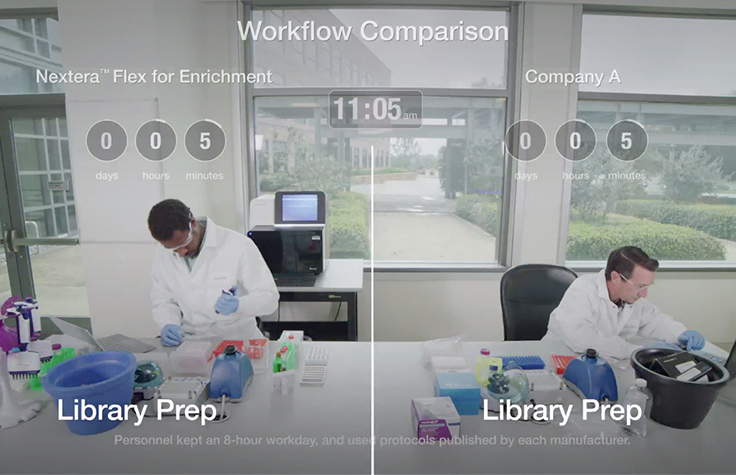

You’re ready for a DNA library prep and enrichment workflow that’s done before the 8-hour workday ends. See how our library preparation compares in this time-lapse video.
We’ve combined sample prep and library prep into one easy-to-use product, simplifying the process to create sequence-ready samples. With on-bead fragmentation, no library quantification is needed, which saves you time and increases sequencing data performance by avoiding PCR duplicates.
Illumina DNA Prep (formerly Nextera DNA Flex) simplifies the upfront DNA fragmentation process and solves other workflow challenges such as DNA extraction, DNA quantification, and library prep QC and library quantification.
Our enrichment library prep yields provides > 90% on-target reads, > 95% uniformity, and low PCR duplicate rate across all Illumina sequencing systems. 1 The workflow uses a single, 90-min hybridization step and as little as 10 ng input DNA. On-bead tagmentation chemistry enables support for a wide range of DNA input amounts, various sample types, and a broad range of applications.
This video overviews the process of selecting the enrichment panel options, the library prep and enrichment workflow for Illumina DNA Prep with Enrichment (formerly Nextera Flex for Enrichment) and data analysis.
Ultra-deep sequencing of amplicons allows efficient variant identification and characterization. Accelerated library prep uses reduced-bias PCR and is gel-free, enabling you to prepare high-quality libraries in less than a day. Mechanical DNA fragmentation and adapter ligation.
Ease-of-use and consistency were the two things that stood out the most. Normalization was spot on. These features are why the [Illumina DNA Prep] is a better choice than the other solutions we have tried.
Principal Investigator, Cancer Research Center
| Application | Whole-genome sequencing | Whole-genome sequencing | DNA enrichment - no UMI |
|---|---|---|---|
| Hands-on time | ~45 min | 1-1.5 hrs | ~2 hrs |
| Turnaround time | ~1.5 hrs | ~3-4 hrs | ~6.5 hrs |
| Input | 25 ng to 300 ng | 1 ng to 500 ng | 10 ng to 1000 ng |
| Automation available | Yes | Yes | Yes |
| PCR protocol | No | Yes | Yes |
| Library Quant needed? | No | No | No |
| Fragmentation included? | Yes – on bead | Yes – on bead | Yes – on bead |
| Product | Illumina DNA PCR-Free Prep | Illumina DNA Prep | Illumina DNA Prep with Enrichment |
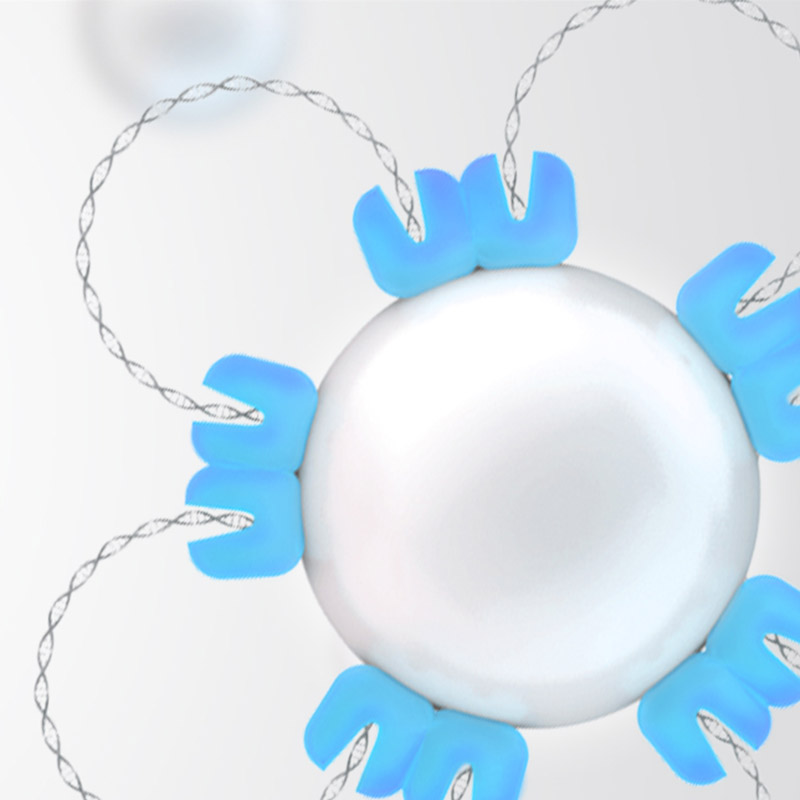
Bead-linked transposome tagmentation is an innovative technology used in our library preparation portfolio. On-bead tagmentation lets you get to sequence-ready libraries faster than before by simultaneously fragmenting the gDNA and adding the Illumina sequencing primers. Normalize your library without ancillary reagents or equipment. Reduce turnaround time and complexity.
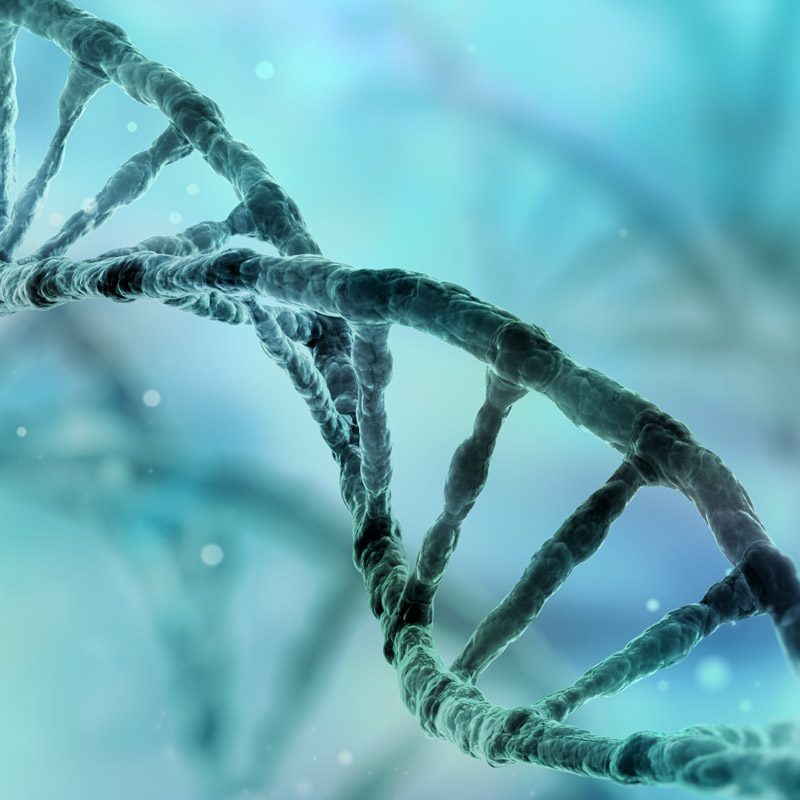
The other key technology used in our NGS library prep is adapter ligation, long known for consistent, high-quality data. Libraries are prepared by fragmenting a gDNA or cDNA sample and ligating specialized adapters to both fragment ends. These adapters contain the full complement of sequencing primer hybridization sites. This eliminates the need for additional PCR steps to add the index tag and index primer sites, making the process fully automatable.
Library prep from blood, saliva, or genomic DNA that provides uniform coverage for human whole-genome sequencing (WGS).
Library prep that provides uniform coverage and improved genome assembly for viruses, bacteria, and other microbial species.
Combining exome sequencing with Illumina DNA Prep and the analytical power of DRAGEN enables simplified, efficient, highly accurate variant analysis in FFPE tumor samples.
View illustrated schematics of NGS DNA library preparation techniques and see brief diagrams of Illumina library preparation kit protocols. View Poster
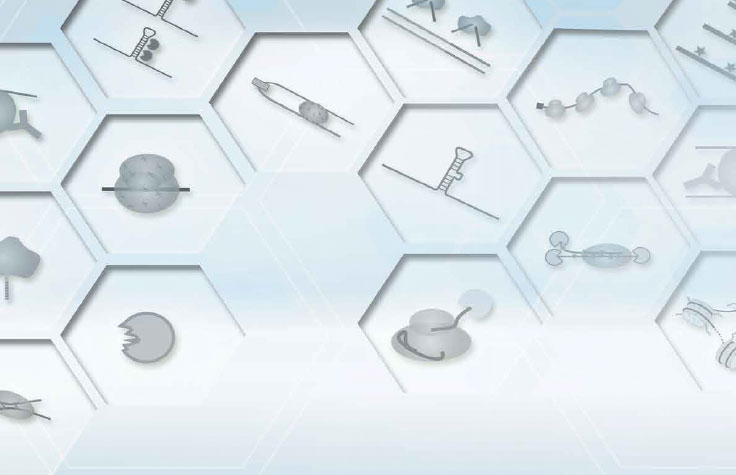
Try one of these methods or find inspiration to create your own. With a few extra processing steps, a wide range of scientific questions can be addressed. View PDF
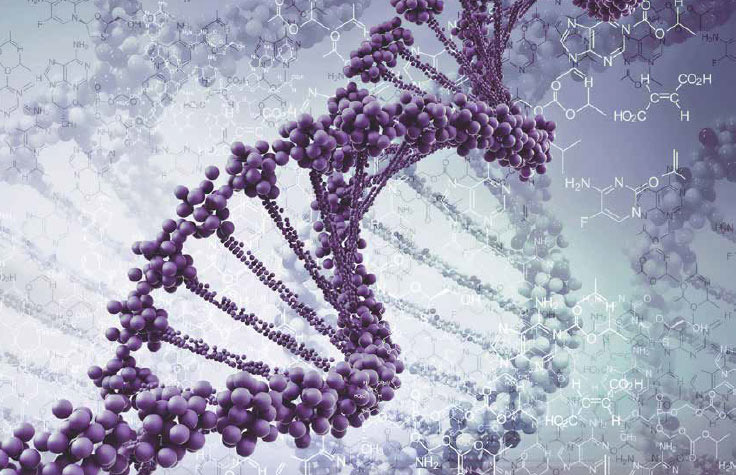
Sequence a tumor-normal pair or germline trio using a single S1 flow cell or up to 48 genomes per run using dual S4 flow cells.
Increase the number of samples sequenced per run and optimize high-throughput sequencing using unique dual index adapters.
Unique molecular identifiers (UMIs) provide error correction and accuracy and can reduce false-positive variant calls while increasing variant detection sensitivity.
Our partners have developed both high- and low-throughput walk-away automation methods that span our library prep portfolio.
DNA sequencing can be applied to small, targeted regions or the entire genome through a variety of methods, enabling researchers to investigate and better understand health and disease.
Find the right sequencing library preparation kit or microarray for your needs. Filter kits by method, species, and more. Compare, share, and order kits. Find the Right Kit
Explore library preparation methods for DNA low-level detection, rearrangements and markers, protein-protein interaction, and DNA-protein interaction. Find the Right Method
At Illumina, our goal is to apply innovative technologies to the analysis of genetic variation and function, making studies possible that were not even imaginable just a few years ago. It is mission critical for us to deliver innovative, flexible, and scalable solutions to meet the needs of our customers. As a global company that places high value on collaborative interactions, rapid delivery of solutions, and providing the highest level of quality, we strive to meet this challenge. Illumina innovative sequencing and array technologies are fueling groundbreaking advancements in life science research, translational and consumer genomics, and molecular diagnostics.
판매 약관 | Tax Reg: 105-87-87282 | Retailer Reg: 2019-서울영등포-2018 | Host: https://www.illumina.com | Address of host server location: 5200 Illumina Way, San Diego, CA 92122 U.S.A.
All trademarks are the property of Illumina, Inc. or their respective owners.
For specific trademark information, see www.illumina.com/company/legal.html.
© 2024 Illumina, Inc. All rights reserved.